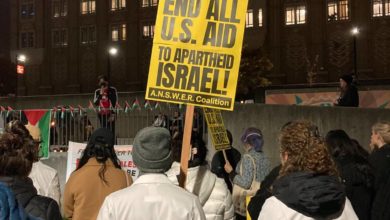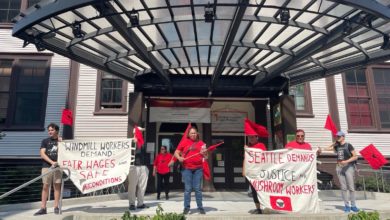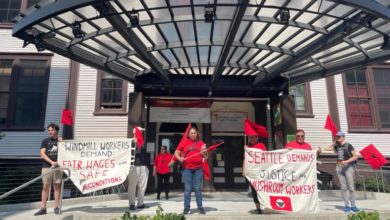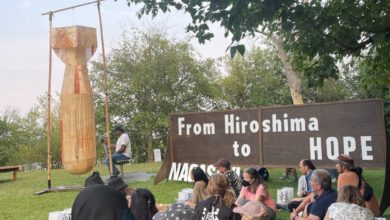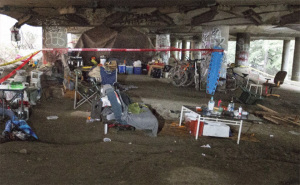
Homelessness for decades has been a serious issue affecting the city of Seattle and in the last ten years the housing crisis has ballooned. A combination of factors such as an influx of highly paid skilled labor has created a drastically higher demand for housing causing landlords to jack up the prices of their units. Developers are gentrifying many traditionally lower rent neighborhoods such as the Central District, Capitol Hill and Ballard, building large “market rate,” unaffordable apartment buildings. In addition, rent control is illegal in Washington state. These processes have displaced much of the city’s working class causing them to move to the outskirts of the city or even relocate to neighboring towns resulting in time consuming commutes. Others are not so lucky and have become homeless due to the inability to pay their exorbitant rent despite many having jobs.
According to the One Night Count, an annual event where organizers tally the number of people sleeping outside, the number of people sleeping without shelter rose by 21 percent in one year. In 2015, organizers counted 3,772 people sleeping without shelter with another 3,282 staying in shelters.; the 2016 One Night Count homelessness indicated the number of people sleeping outside was 4,505. Only months after the 2016 count would Seattle Mayor Ed Murray declare a state of emergency for the homelessness epidemic.
What is the plight of people living outside? Many live in informal encampments, and numerous tents can be seen dotting the horizon as one drives along the major I-5 which runs through Seattle. Others live in organized tent cities or tiny house villages like Nickelsville. While neither encampments nor organized tent cities represent ideal solutions for homeless people, many homeless people prefer to live in the relative safety and stability of an organized tent city where people can leave their belongings during the day while they go to work.
Recently in January, three people were murdered and two seriously injured in a place known as “The Jungle”, an area under I-5 and Interstate 90, where people live under the off-ramps. The Washington state Legislature and Washington Department of Transportation have proposed the idea of putting around the Jungle a $1 million fence that would span 8,000 feet with three rings of barbed wire akin to that at prisons.
Not surprisingly Ed Murray, the mayor of Seattle is not against this fence proposal. He is the mayor who has permitted more homeless encampment “cleanups” than any other before him, totaling 527 separate events where police were allowed to confiscate and destroy items such as tarps and tents belonging to homeless people, leaving them exposed to every element. Mayor Murray, when told of the idea of splurging $1 million on a fence rather than using it to build housing, stated it “is a step in the right direction”.
What is clear is that homelessness is one of the byproducts of capitalism which daily denies people the safety and shelter every human being deserves. Last year alone the organization Women In Black stood vigil for 66 homeless men and women who died in Seattle while struggling to survive on the streets in Seattle.
In a society of haves and have-nots, where a small minority bask in elite luxury while the working class struggles to afford food and housing while straddling the line of potential homelessness, revolutionary change leading to socialism is the only way to create the change people want to see. Socialist candidates for President and Vice President Gloria La Riva and Eugene Puryear, running on the Party for Socialism and Liberation ticket, have a 10 point campaign program. Prominent in the program is the demand that housing be a constitutional right for all people. Homelessness is an engineered byproduct of capitalism that must be solved; to solve it we must dismantle this exploitative destructive system.

